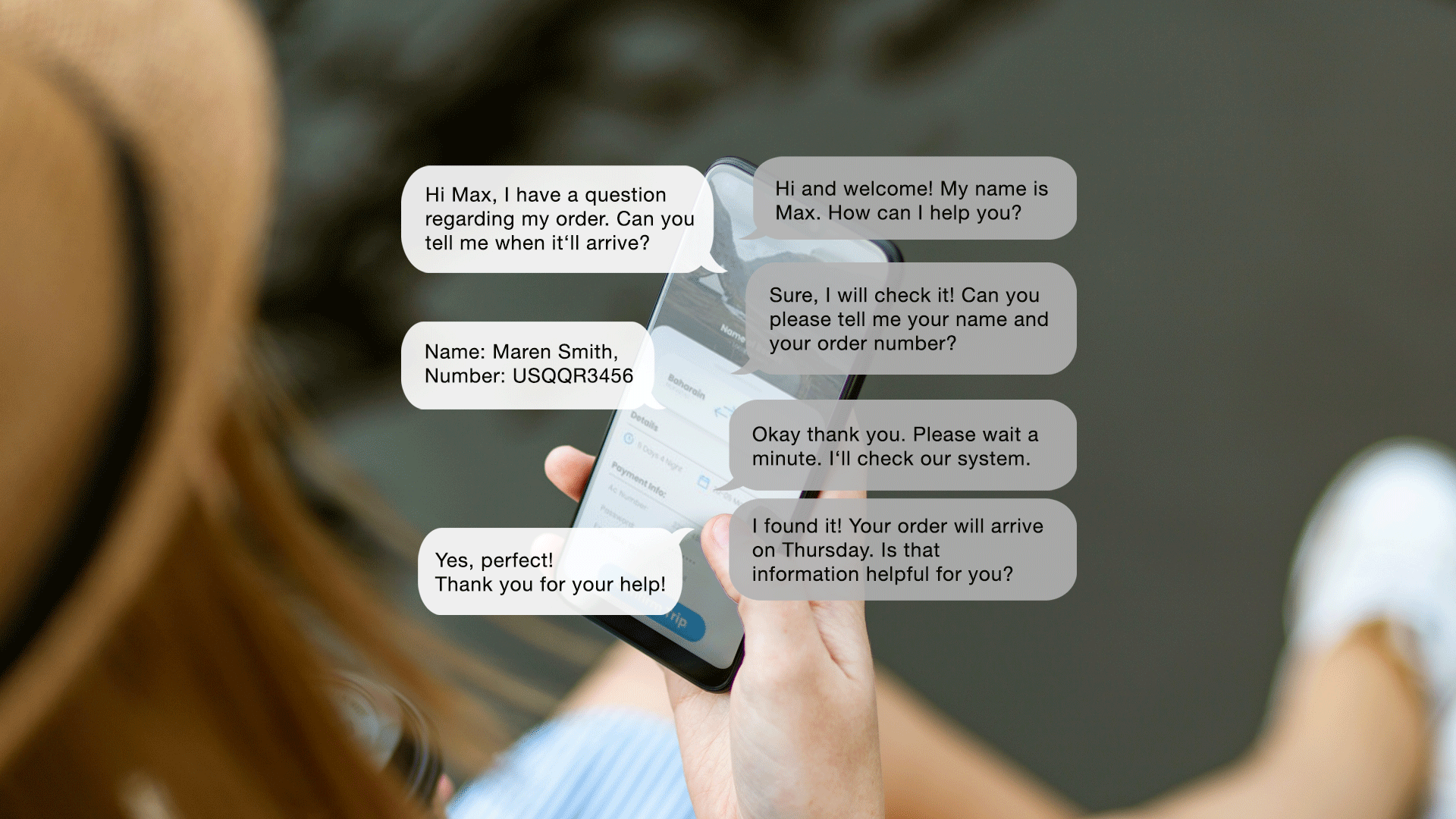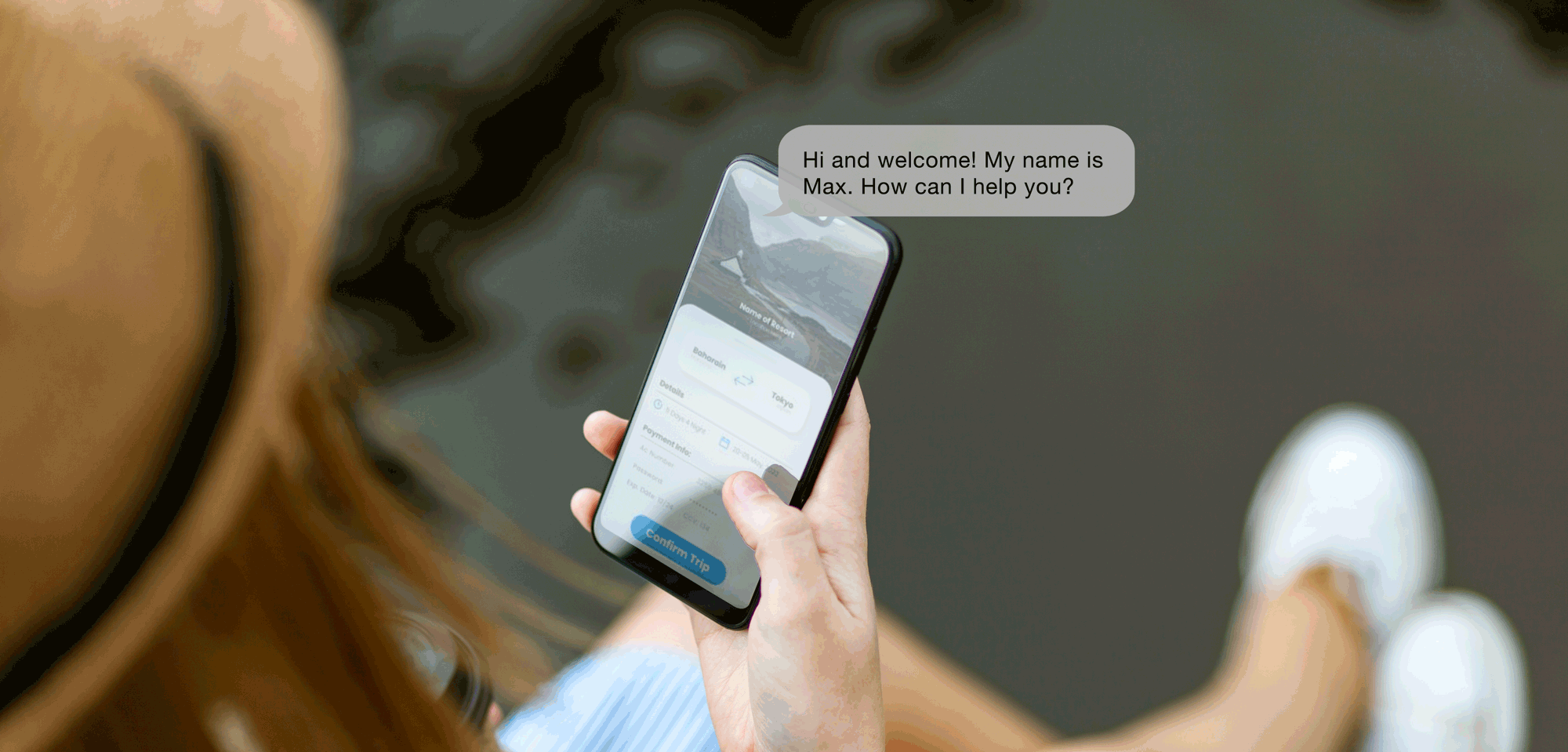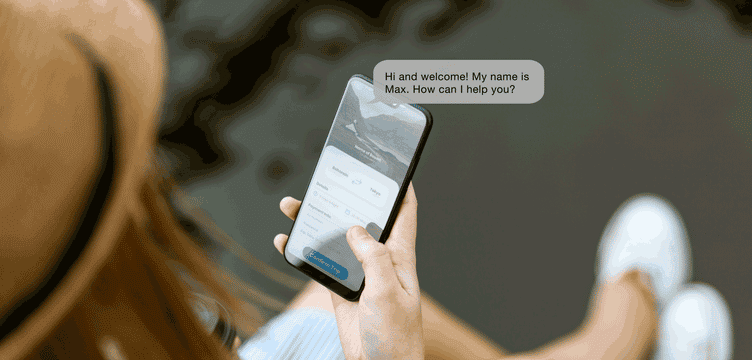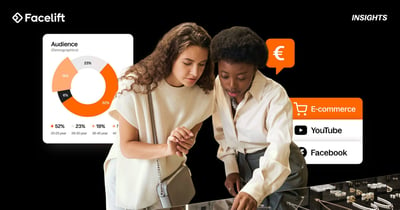Here're some reasons not to unplug your humans just yet:
It feels like half the time that you call a customer service hotline for support, you’re met with the instantly recognizable voice of a robot operator. It gives you some vague and not especially helpful instructions to enter information, press a button for another language channel, or informs you rather indelicately of something unhelpful.
You may have tried conversing online with social media chatbots too - and you may not have even realized it. Over the past several years, their prevalence has exploded. Whether it's on their social networks, or their websites themselves, companies everywhere are pulling out all the stops to simplify their customer service processes. And who can blame them?
Way back in 2020, it was estimated that roughly 80% of businesses were already using or planning to implement some form of AI-driven customer service tool.

In fact, you may have even met our own! He's hanging out down on the bottom of your screen saying "Hello!". You can always say hi back; he doesn't bite.
Social media chatbots, and chatbots in general, can be powerful tools. However, most of the time they still can’t quite beat out a team of social media customer service experts, and we’d like to explain why.
What is the case for using social media chat bots?
First, a brief introduction to what chatbots are and what they do.
If you’re not already used to seeing chatbots or using them yourself, these are automated chat windows or responses to text-based messages on social networks or websites that simulate conversations with people. Their goal is generally to supply information and assistance without requiring a person's attention.
In this piece, we’ll focus on social media chatbots.
These helpful little widgets are programmed to reply to messages automatically, usually with somewhat generic responses. This can be very convenient if your business does not have a regular customer service team managing your social media yet, or if providing service this way has not yet been one of your priorities.
You can take a look at this article to learn why social media should be an important part of your customer service strategy.
Ultimately, the biggest advantage is convenience. You may be able to save time for your team by resorting to bots. Traditionally, chatbots were not especially intelligent, but these days, as AI improves dramatically, they have accumulated a wealth of increased capabilities.
Believe it or not, chatbots of some variation have been around since 1966, when Joseph Weizenbaum at the MIT Artificial Intelligence Laboratory built a mock psychotherapist program named ELIZA. This primitive program responded to users' questions with vague replies that resembled a bad therapist in a movie.
While AI in general has taken multiple quantum leaps since then, the essence of a social media chatbot isn't wildly different than that of Grandma ELIZA. In both cases, the user inputs their query, and a response is given out of a pre-set selection.
The main benefits of using social media chatbots, and chatbots in general, include:
1. Quicker response times to customer queries
Customers demand fast responses from service providers. So fast, in fact, that a huge number of social media users actually expect responses from customer service within minutes. Social media chatbots are ideal in these situations because they give an immediate and interactive reply that, even despite being artificial, makes the visitor feel as though they are moving forward with their situation.
Nobody gets put on hold.

It’s no fun to call up your local electronics store to ask about your new blender's warranty and be met with a 20-minute wait and looping elevator jazz. Businesses know this, and a chatbot can sometimes cut through this wait time.

Especially during COVID-19, customer service wait times were never longer. According to this, 60% of callers surveyed would hang up if they were forced to wait more than just one minute, and 34% would not call back a second time.
2. Funnel traffic with suggested pathways
Bots can be used to funnel social or website traffic into a series of easily pre-determined pathways. This is great for generating leads out of follower curiosity! For example, a potential customer is curious about your products, and when they visit your Facebook page, the bot is able to provide them with just the right information, and in just the right order, so as to turn them into a lead. A bot allows a great deal of control over this process.
3. Divide responsibilities easily among teams
Customer service teams are met with questions and comments of every sort, every day. Depending on a customer's query, social media chatbots will notify the team or individuals responsible for handling questions or comments of a given nature. This cuts out the need for multiple chains of response and saves time both for the company and the customer.
4. Chatbots are great for after-hours service
Everyone gone home for the weekend? The world never sleeps, but neither does a chatbot. Let your clients know that you aren't ignoring them - you're just asleep, and reassure them that you'll be in touch as soon as the rooster crows.
5. Integration with third-party tools
Social media chatbots like Facebook's Messenger auto-responders can be linked to outside services such as HubSpot. There, bots' behaviors can be monitored, team assignments can be given, and messages can be collected in a single convenient location.
6. Perfect for answering simple questions
Chatbots are really designed to deal with very basic questions. These questions are usually regarding company hours, contact or location information, or how to find a better knowledge base for your questions. Bots can handle simple inquiries that do not require a lot of critical thinking.
The case against social media chatbots
That actually sounds pretty nice, doesn't it?
While these bots do come with a range of benefits, the truth remains that with current technology, they are still not quite on the same level as a team of experts.
Here's why:
Most social media chatbots are relatively simple. They offer basic, pre-written and often informational replies to a selection of common questions, and if answers to those questions are not programmed, bots usually try to pass users along to a support team.
Some of the biggest disadvantages to relying on chatbots are that:
Bots have a bad reputation and people dislike them
Robots make people uncomfortable. They always have, and that's not likely to change any time soon. We go to great lengths to make them cute, fun, and welcoming, but the uncanny valley issue seems to creep up anyway - especially as the AI that powers them comes ever nearer to a level of human intelligence.
Unlike C3PO or your dad's Roomba, social media chatbots don't have physical forms, but people are often resistant to their use in much the same way that we detest automated answering machines and robocalls.
We are subconsciously inclined to distrust that which has a voice but no mouth.
While the AI that powers chatbots is improving exponentially, bots are having difficulty kicking their not-so-shiny reputation.

This is a pretty sizeable disadvantage. Since 86% of humans say they prefer their customer service representatives to have heartbeats, chatbots face an uphill battle.
If a potential customer with a negative predisposition towards automated support sees your social media chatbot as an irritation and an obstacle that stands between them and the answers they seek, they may leave the page without even bothering to try. Depending on where that person is in your sales funnel, you may lose them for good.
It can be hard for customers to find the right path to their goalsThis occurs when the customer is unable to find the pathway he or she is looking for and becomes frustrated by having to go back to the beginning again and again. A customer service team is much more responsive in this domain and can offer inquirers a greater sense of ease.
While this factor may be mitigated by an exceptionally well-made chatbot, a readily available and skilled human community manager can very often speed this process up and deliver a more direct and satisfactory customer service experience.
Chatbots don't always get to the point as quickly as a responsive human being. It's a lot easier just to tell a person exactly what you want and immediately receive your answer than to work through a series of queries with a chatbot. This is, again, dependent on the quality and efficiency of the chatbot.
Humans are more agile across other channels
The human brain is considered by some to be the most complex object in the known universe. With credentials like that, we humans are off to a great start in the race against AI. While computers can process information faster, they are not yet especially good with abstract thoughts or creativity. This means that they don't always react well to the subtleties of fast interpersonal communication.
Furthermore, a social media chatbot is not nearly the same thing as a self-driving car, Alexa, or the instruments on a Mars rover.
We just touched on this, but let's dig a little deeper. Chatbots, even good ones, are designed to stick to their domains. This isn't a shortcoming – it’s simply what they are for. However, a human social media management team handling customer service can draw on a wealth of knowledge from prior interactions in customer service and, well, life in general.
People are good at being people. We've each got a lifetime of experience and the empathy that comes with it!
Machine learning is improving at breakneck speed, but it still has a little while to go before it can replace the sheer intuition, empathy, and deeper understanding that a human has.
Your customer service team has experience with other channels, such as working the phones or answering emails and service tickets. A highly skilled team can take this experience and apply it to a social media setting with ease.
Being able to understand a customer's issues and provide meaningful answers, all while using the right tone and sensitivity, is not something at which social media chatbots are winning at this point in time.
Circling back to people being less-than-loving towards robots, unfortunately, the Internet is not always a conduit for the best of intentions. Social media can be an aggressive place with no shortage of trolls – something any Facebook or X user has probably noticed before.
Sometimes, people just won't be kind to your automated system and social media chatbots are prime targets for anyone looking to harass, irritate or otherwise inconvenience your chatbot managers or social media teams.
Companies that use bots will inevitably experience people leaving inappropriate comments or attempts to mess with the automated responses. An already frustrated customer is not nearly as likely to speak kindly to a robot as to another person.
Abuse can happen to your customer service team as well, so this isn't necessarily a reason not to have a bot, but it is invariably another negative aspect of managing one. A chatbot's convenience and time-saving functionality is significantly reduced if a human operator has to step in any way.
Conclusion
All of this is not to say that social media chatbots do not have their places or that your company shouldn't ever give them a whirl. Chatbots still have their applications and they do offer a range of benefits.
But, despite these pros, a human team with the right skills and experience still comes out on top in many, if not most arenas, and it's safer to approach their usage as a customer service cure-all with a considerable dose of skepticism. With current technology, not to mention the social atmosphere concerning AI, it isn't much of a contest.
Who knows, though, what the future may hold. As AI technology improves, everything from the appliances we use, to the computers that run our cities, and yes, social media chatbots, is also likely to change. Will our bots outperform a human team in coming years?
Maybe, but don't hold your breath.
Want to make sure that your customer service team is acing social media management? Download and take a look at our daily customer service checklist for tips on improving your humans.







